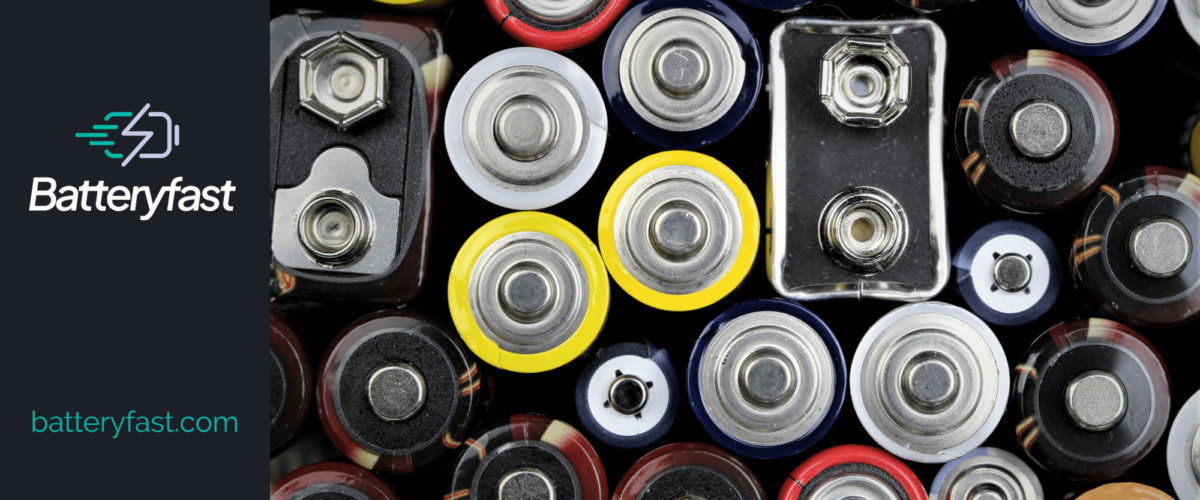Aluminium air, or al-air, batteries are a major potential technology in the world of electric vehicles. Although they’re not currently routinely used in electric cars, this could change in the near future.
Al-air batteries have a number of advantages over the lithium ion batteries which are generally used in electric cars. Aluminium is one of the most abundant elements in the earth’s crust, so it is easy to find. It is also soft and easy to work with and, unlike lithium, is highly stable. It’s also non-toxic and has a lower carbon footprint than other battery materials. Aluminium air batteries are much cheaper than lithium and much lighter. They also have a much higher energy density, so have the potential to produce a greater amount of power. In fact, it’s estimated that they could produce up to eight times more power than a traditional lithium ion battery and provide a similar driving range, in terms of distances and acceleration, as a fossil fuel-powered vehicle.
However, perhaps the most significant disadvantage of al-air batteries is that they cannot be recharged as they are a primary cell. This means that they are currently single-use. However, it is possible to replace the aluminium anode in a battery, providing a solution to this issue and greatly increasing the viability of al-air batteries as lithium alternatives. Further research is needed, but scientists and engineers argue that this process could be as easy as stopping at a local garage to have the aluminium anode replaced. It could even then be recycled.
Aluminium air batteries, in contrast with other batteries, work by using oxygen to create a chemical reaction to produce energy. In an al air battery, aluminium is used as the anode and oxygen is used as the cathode, greatly reducing the battery’s weight. Aluminium air batteries contain an aluminium anode (the negative part of a battery) which, as it oxidises, releases electrons. It also contains an air cathode (the positive part of a battery) which draws in oxygen and pushes it through the H2O electrolyte. This causes the aluminium anode to release electrons which then produce an electrical current.
It is possible to make your own aluminium air battery at home. If you fancy giving it a try all you’d need is some aluminium foil, salt water solution, blotting paper, charcoal dust, wires, and an LED to see it in action.

